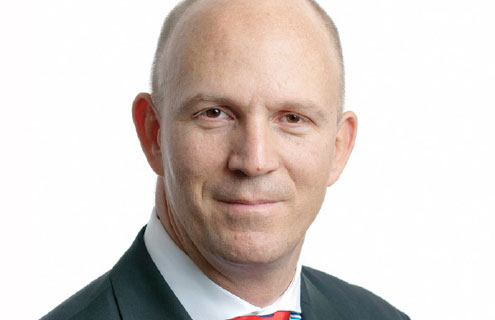Appleby
Insurance-linked securities could be an alternative to traditional reinsurance, and Bermuda is the place to explore the possibilities, says Brad Adderley of Appleby
How was last year in terms of ILS issuance and value? Is the market bigger than it’s ever been?
The short answer is that 2015 was a very good year. The market is bigger than ever and growing.
From a Bermuda standpoint, 2015 was another year of robust growth from an insurance-linked securities (ILS) issuance and value standpoint. The Bermuda Stock Exchange (BSX) saw a record 58 ILS deals listed, with a capitalisation value of $6.16 billion.
The number of ILS listed on the BSX grew from 118 to 151, a 28 percent increase, while the value of these securities grew to $19.21 billion from $15.91 billion, a 21 percent increase from the same time in 2014.
According to a recent publication from Willis Capital Markets & Advisory, total worldwide aggregate non-life ILS capital reached a record $70 billion at year-end 2015, topping the previous record of $65 billion at year-end 2014.
ILS products such as sidecars, industry loss warranties and collateralised reinsurance showed considerable growth during 2015, and figures relating to total cat bonds on-risk also reached an all-time high.
What is the key to sustaining growth in the ILS sector?
The ILS sector in Bermuda is going from strength to strength and gaining momentum each year.
Experienced Bermuda service providers offer economic set up and listing options that should make ILS issuance in Bermuda increasingly attractive going forward.
Several keys to sustained growth in the ILS sector are: regulatory familiarity in both dominant and emerging ILS-friendly jurisdictions; continued capital market demand for alternative products; favourable macro-economic conditions in the US and other major world economies; introduction of new investors and new perils; no further softening of the reinsurance market; and proving that the ILS sector can withstand significant loss events and still attract investors.
The deal involving Amtrak’s captive, Passenger Railroad Insurance, was among 2015’s biggest. How active are captives in the ILS space and what do you see them achieving?
Amtrak’s captive, Passenger Railroad Insurance, is a great example of a company (in this case National Railroad Passenger Corporation) using a captive to sponsor a cat bond, with a view to accessing the capital markets sector and bypassing the reinsurance marketplace, particularly where there are difficulties obtaining affordable reinsurance.
While we have not yet seen a large number of captives in the ILS space, PennUnion Re along with others such as MetroCat Re in 2013 and Acorn Re in July 2015, are fantastic illustrations of how captives can use an innovative and modern structure where, for example, there might have been unattractive pricing in the traditional reinsurance marketplace.
This will inevitably continue to peak the interest of captives who may want to explore alternatives to traditional reinsurance.
What barriers exist to captives entering the ILS space?
The primary barriers, particularly with captives being used to sponsor cat bonds, are the amount of work and upfront costs associated with forming cat bond structures. However, leveraging the wealth of experience of modelling firms and legal counsel in the ILS space can achieve not only an innovative structure but also more palatable terms of protection and pricing—an opportunity to consider alternatives to traditional reinsurance.





